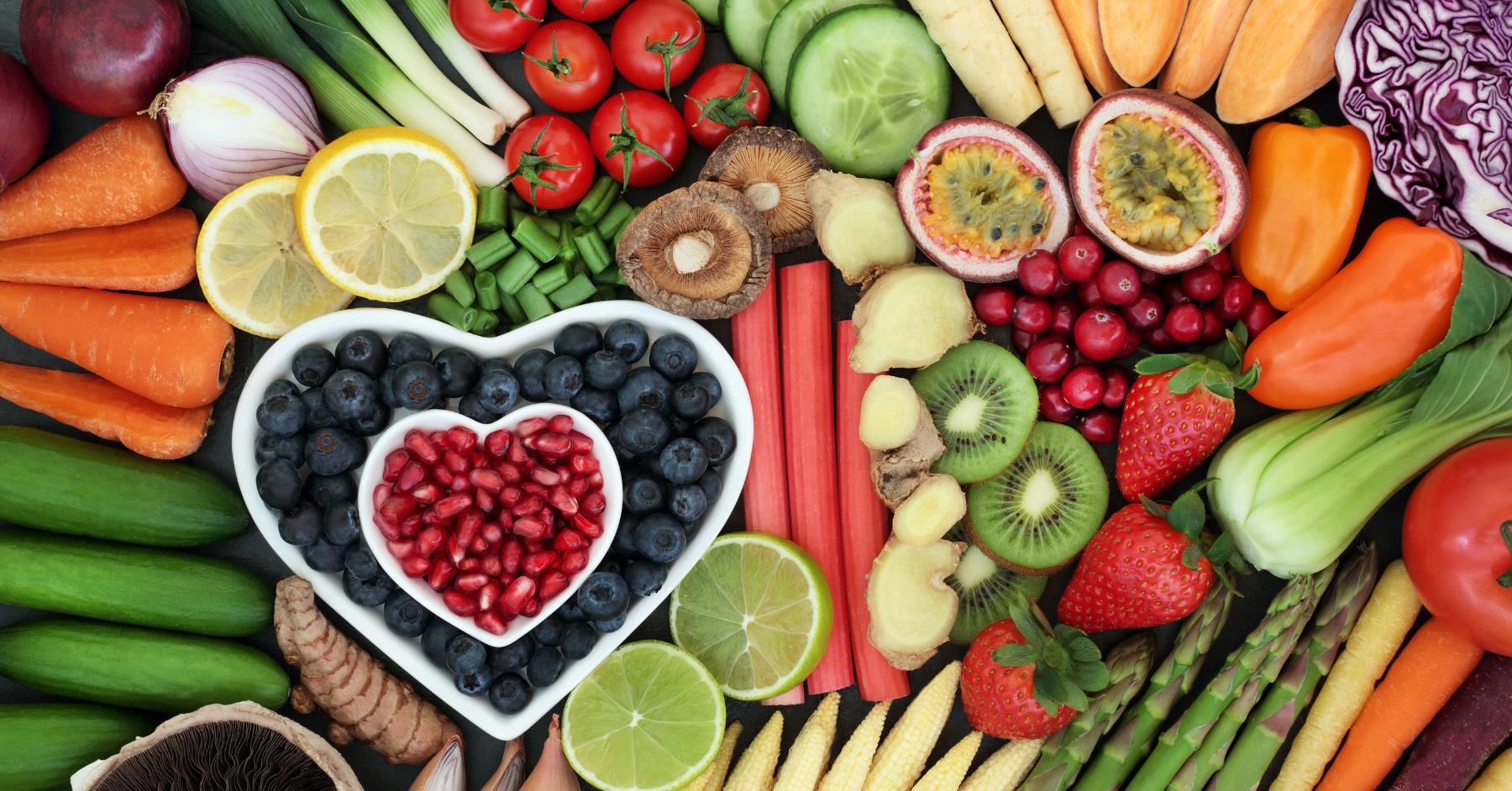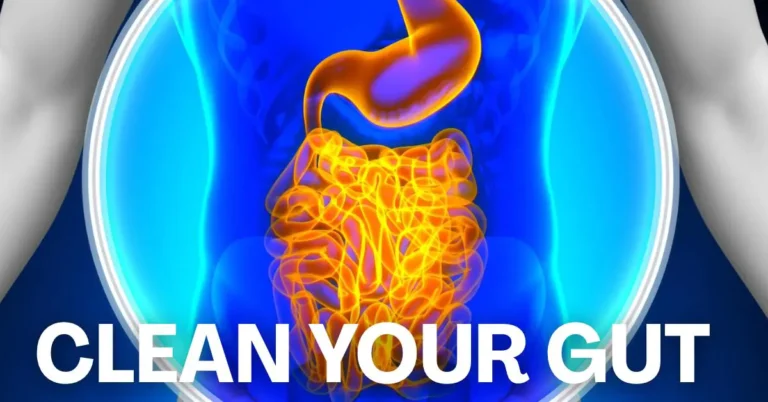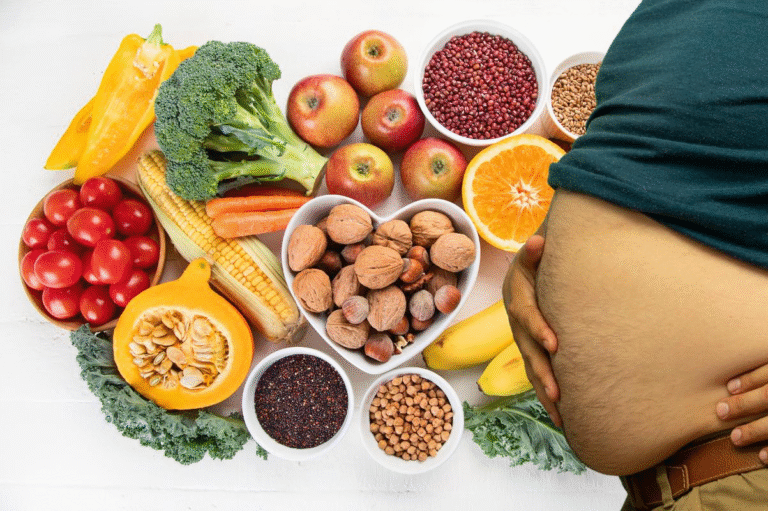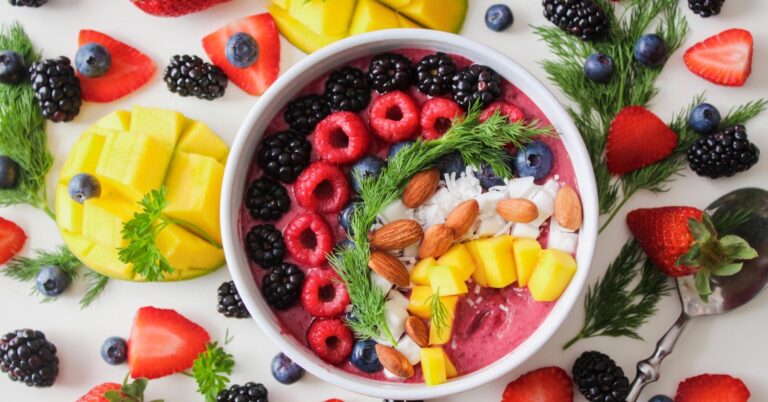Fibermaxxing 101: How to Safely Increase Your Fiber for Gut & Metabolic Health
You’ve probably heard that fiber is good for digestion. But here’s what most people don’t realize: Fiber is essential for balanced hormones, blood sugar control, inflammation reduction, and even mood.
According to the CDC, a staggering 95% of Americans fall short of consuming sufficient fiber, with women being particularly susceptible to this deficiency. Despite fiber’s crucial role in managing conditions like PCOS, estrogen dominance, insulin resistance, and metabolic syndrome, women consistently under-consume it.
Fiber, as per Dr. Aviva Romm, an integrative MD and hormone expert, plays a crucial role in hormone balance and long-term health. It supports estrogen clearance, nourishes gut flora, and helps regulate blood sugar spikes.
What Exactly Is Fiber?
Fiber is the indigestible part of plant foods. There are two main types:
- Soluble Fiber: Forms a gel in your gut, helping regulate blood sugar, cholesterol, and appetite. Found in oats, apples, chia seeds, legumes.
- Insoluble Fiber: Adds bulk to your stool, supporting regular bowel movements and detox. Found in whole grains, vegetables, and bran.
Your body doesn’t digest fiber, but your gut microbiome thrives on it. Fiber serves as food for your beneficial bacteria, facilitating their production of short-chain fatty acids (SCFAs) such as butyrate. These SCFAs have anti-inflammatory properties and can protect against colon disease.
Why Going Zero to 100 Can Backfire
Many people begin consuming more fiber, only to experience adverse effects such as bloating, gas, constipation, or cramping. This is because fiber can increase gas production and disrupt the normal functioning of the digestive system.
- Your gut bacteria need time to adapt
- Your body may not be hydrated enough to move fiber along
- You may lack digestive enzymes or have imbalanced gut flora
This is why gradually and strategically increasing fiber intake is crucial.
Step-by-Step Guide to Safe & Effective Fibermaxxing
Step 1: Know Your Target
- Women: Aim for 25–30g/day
- Men: 30–38g/day
(Current average intake? Just 15g.)
Instead of abruptly increasing your intake from 15g to 30g in a single day, gradually increase it by about 5g per week.
Step 2: Add Fiber-Rich Foods One Meal at a Time
Here’s how to ease into it without overwhelming your gut:
| Meal | Swap In This | For Added Fiber |
|---|---|---|
| Breakfast | Chia pudding, flaxseed in smoothies, oats | 5–10g |
| Lunch | Lentils, chickpeas, quinoa, leafy greens | 8–10g |
| Snacks | Berries, pears, raw veggies with hummus | 5–7g |
| Dinner | Sweet potatoes, broccoli, brown rice, beans | 8–10g |
Step 3: Drink More Water
Fiber is like a sponge that soaks up water. If you don’t drink enough water, it can make you constipated. Aim to drink 2.5 to 3 liters of water a day, especially if you’re adding flax, chia, or psyllium to your diet.
Step 4: Prioritize Variety for Microbiome Health
Different fibers feed different bacteria. So, to have a healthy and diverse gut, you should eat a rainbow of foods and switch things up regularly. Aim for 30+ unique plants per week (fruits, veggies, legumes, seeds, whole grains) – it’ll make a big difference!
Step 5: Try Prebiotic Fibers
Some fibers are particularly powerful at feeding your good gut bacteria:
- Inulin: Found in garlic, onions, bananas, chicory root
- FOS (fructooligosaccharides): Found in asparagus, artichokes
- Resistant Starch: Found in cooked and cooled potatoes, green bananas, oats
These can reduce bloating over time and support the regulation of hormones by beneficial microbes.
Step 6: Be Mindful of Triggers if You’re Sensitive
If you have IBS or are in gut repair mode, some high-fiber foods may temporarily cause symptoms. In that case:
- Start with cooked veg vs raw
- Use ground flaxseed or psyllium husk instead of beans
- Focus on soluble fiber sources (oats, squash, chia)
Backed by Science: Fiber’s Role in…
- Hormonal Health: Binds and removes excess estrogen via the gut
- Blood Sugar: Slows glucose absorption, reduces insulin resistance
- Metabolism: Increases satiety, supports weight loss and fat burning
- Mood: SCFAs from fiber promote neurotransmitter balance
- Inflammation: Lower CRP levels and gut-driven inflammation markers
A 2021 meta-analysis published in Nutrients revealed a strong association between high-fiber diets and a significantly reduced risk of developing type 2 diabetes, obesity, breast cancer, and cardiovascular disease.
Signs You’re “Fibermaxxing” Too Fast
- Bloating that doesn’t go away
- Constipation or urgent bowel movements
- Increased gas or abdominal pain can be alleviated by slowing down, drinking more water, and adding digestive enzymes or probiotics.
Bonus: Top 10 High-Fiber Superfoods to Try
| Food | Fiber (per serving) |
|---|---|
| Chia Seeds (2 tbsp) | 10g |
| Lentils (1 cup cooked) | 15g |
| Raspberries (1 cup) | 8g |
| Avocado (1 medium) | 10g |
| Flaxseeds (2 tbsp) | 6g |
| Broccoli (1 cup) | 5g |
| Oats (½ cup dry) | 4g |
| Psyllium Husk (1 tbsp) | 5g |
| Sweet Potato (1 medium) | 4g |
| Pear (1 medium) | 6g |
Fiber Is Foundational, Not Optional
If you’re on a journey to heal your hormones, support your gut, or reboot your metabolism, fiber is your best friend—but only if you add it strategically. Think of fibermaxxing like strength training: you build tolerance over time, not overnight. Take it slow, listen to your gut, and stay hydrated. Within weeks, you’ll likely notice positive changes.
- Fewer cravings
- More regular bowel movements
- Less bloating
- More stable mood and energy
- Better skin and sleep
Check out the healthlynic ✔️approved range of products for Weight Loss, Improve metabolism and much more!







